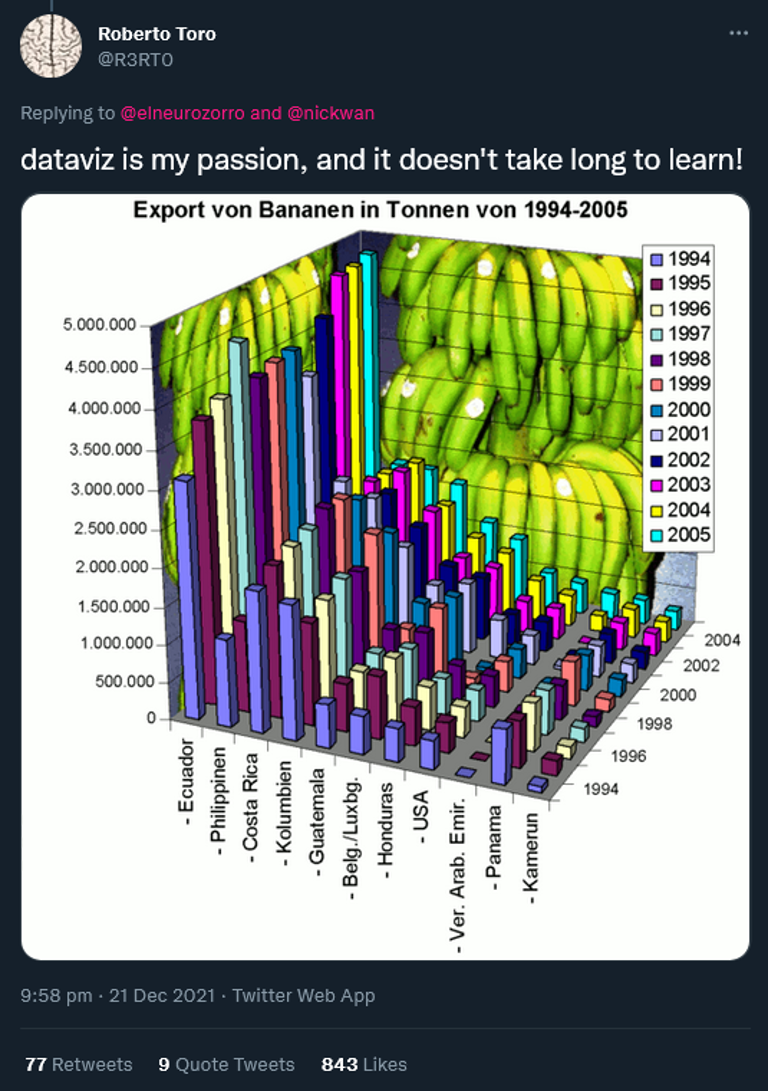1 Computer Labs: Information and Overview
Data science exists at the interface of statistics, computer science, and domain expertise. A core component of data science is the ability to visualise data in a way that is both informative and aesthetically pleasing for a range of audiences.
Good data visualisation requires appreciation and careful consideration of the technical aspects of data presentation. But it also involves a creative element. Authorial choices are made about the “story” we want to tell, and design decisions are driven by the need to convey that story most effectively to our audience. Software systems use default settings for most graphical elements. However, each visualisation has its own story to tell, and so we must actively consider and choose settings for the visualisation under construction.
The overarching aim of this module is to equip you with the fundamentals for creating data visualisations that are high quality, readable, effective at conveying information, accurate in display and interpretation, and fulfill their intended purpose.

1.1 Intended Learning Outcomes
The lectures and computer labs are designed to equip you with the knowledge and skills to achieve the learning outcomes defined for this module:
1. Undertake graphical exploratory analysis;
2. Select and apply effective design choices to display graphical data;
3. Critically evaluate repeatable methods in the graphical presentation of data;
4. Develop key skills and proficiency in relevant graphics software workflows;
5. Present graphical outputs and associated material in an appropriate format.
A comprehensive overview of these learning outcomes can be found in the module descriptor.
1.2 Prior Knowledge
This module assumes that you have a basic understanding of the R programming language and using RStudio. If you are unfamiliar with these, you should highlight this to the module leader (Dr Joe Roberts) as soon as possible.
1.3 Script Template
A script template can be downloaded here. You should be familiar with this template style from your previous modules. The template is designed to help you structure your code and to ensure that you (and others!) are able to reproduce your work.